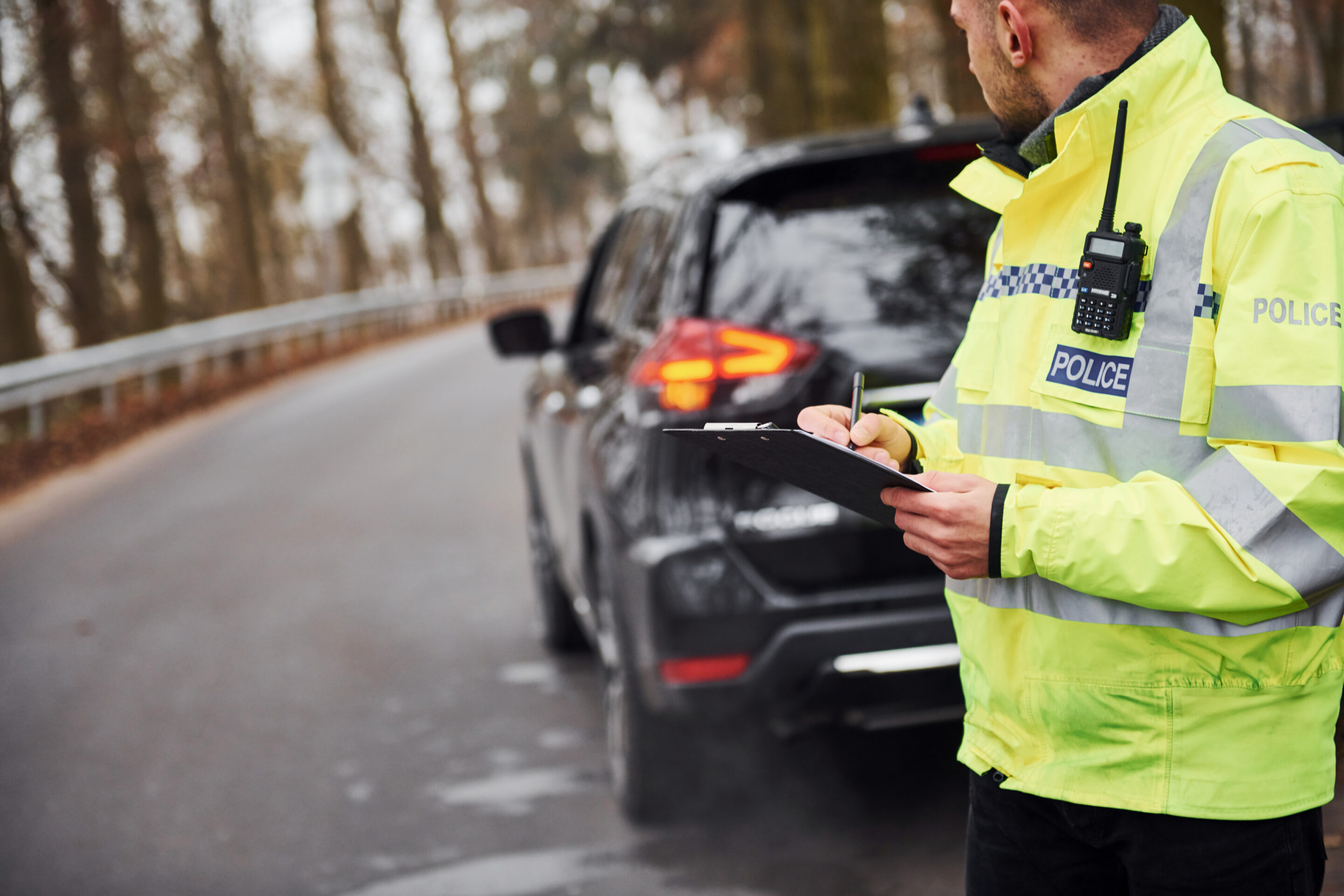MIT puts V2V technology on its 2015 Top Ten list, from AutoBlog.
Of all the technologies swimming around the automotive world, it is vehicle-to-vehicle communication that the Massachusetts Institute of Technology has fished out as one of its Ten Breakthrough Technologies of 2015. It joined emerging tech like brain organoids, supercharged photosynthesis, and Project Loon on the list, and got the nod over autonomous driving because, as the MIT Technology Review wrote, V2V communication “is likely to have a far bigger and more immediate effect on road safety.”
How so? Because actual cars transmitting data like their location, speed, steering angle, and state of braking to one another at least ten times per second provides a greater degree of awareness than sensor readings and algorithms. The US Department of Transportation and the National Highway Traffic Safety Administration have been working for years on standards and a regulatory schedule for introducing V2V to the marketplace, and Cadillac plans to incorporate V2V into at least one of its vehicles by 2017.
Since we’ve begun the year with a number of stories of cars being hacked into, that got us wondering about the security of V2V communications. In a recent piece by our own Pete Bigelow on what motorists should know about getting their cars hacked into, he wrote that although cyber break-ins are extremely difficult, expensive, and time-consuming to do remotely, V2V is “one more conceivable avenue a hacker could use to impact multiple cars at a given time.”







